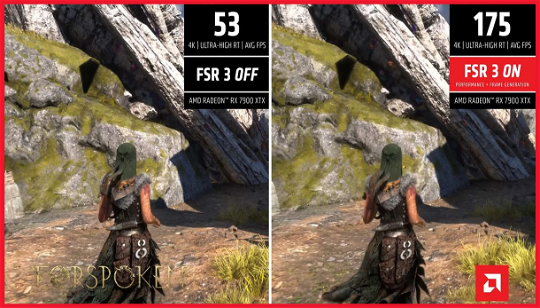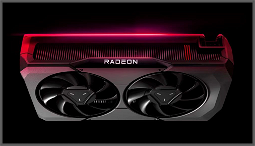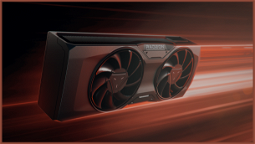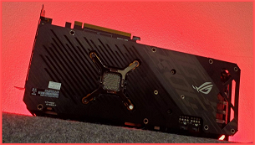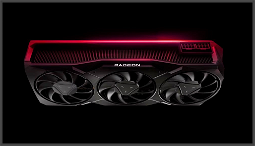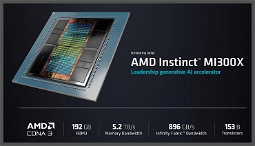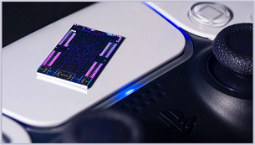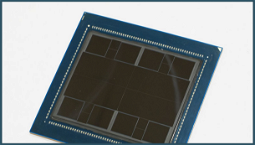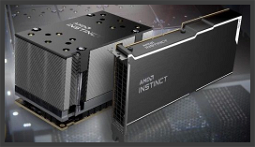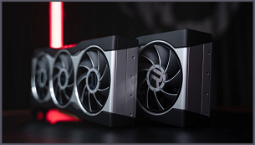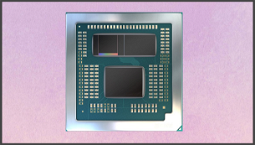AMD’s Fluid Motion Frames (FMF) Technology
AMD has filled in more of the Fidelity FX Super Resolution 3 (FSR 3) specification with its Fluid Motion Frames (FMF) technology, which looks set to provide big performance boosts, albeit only as a game-level upscaling solution. AMD’s FMF will almost certainly push Nvidia to expand Frame Generation support to more GPUs, but the technology itself won’t be as polished as Nvidia’s own offering.
FMF Tech and Performance
Previously referred to as FSR upscaling 2.0, FSR 3 is a superset that includes all previous FSR upscaling functionality, along with Fluid Motion Frames and anti-lag technology.
The newly unveiled FMF tech will interpolate new frames based on existing frame data to improve visual fluidity. However, despite the name, FMF doesn’t actually provide any additional frame generation performance. In fact, it uses the same performance uplift figures as FSR 3, and FMF performance is contingent on how much of the GPU’s asynchronous compute is being used.
In effect, FMF is a software solution, as opposed to Nvidia’s Frame Generation, which requires dedicated hardware acceleration. But that doesn’t mean that AMD’s solution is automatically inferior, as it should theoretically be able to improve frame rates by over 90% – assuming that asynchronous compute is the bottleneck.
AMD says that FMF is compatible with “most modern AMD and Nvidia GPUs,” so you shouldn’t have to worry about whether your GPU is compatible. Theoretically, this also extends to Intel’s Arc graphics, but we’re not sure whether the latter actually supports asynchronous compute or whether it’s a driver-level feature.
In any case, AMD recommends a baseline performance of 60 FPS before enabling FMF, and it says that it can boost frame rates by over 90%. In extreme cases, that figure can jump by over 100%, but the performance uplift will vary depending on the game’s asynchronous compute load.
As for latency, frame generating technologies like Frame Generation and FMF naturally introduce additional lag, but AMD says that its own Anti-Lag+ feature should help to mitigate the additional delay.
Availability and Compatibility
The big question is when we’ll actually get access to the game-level FMF version. The release date is likely still a ways off, as the simplified driver-level version probably won’t arrive until at least 2024. The second version should be compatible with all DX11 and DX12 games, but it’s bound to AMD’s HYPR-RX feature and the latest RDNA 3 GPUs.
Meanwhile, Forspoken and Immortals of Aveum are the first games to gain full FMF support, with more titles presumably to follow.
Conclusion
The arrival of FMF may push Nvidia to expand Frame Generation support to more GPUs, but the technology itself feels a little less polished than its rival’s offering. That said, broad compatibility is always a good thing, and we’ll be keeping a close eye on FMF’s progress.
